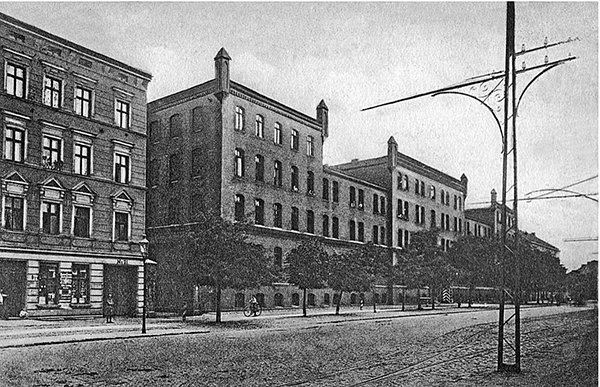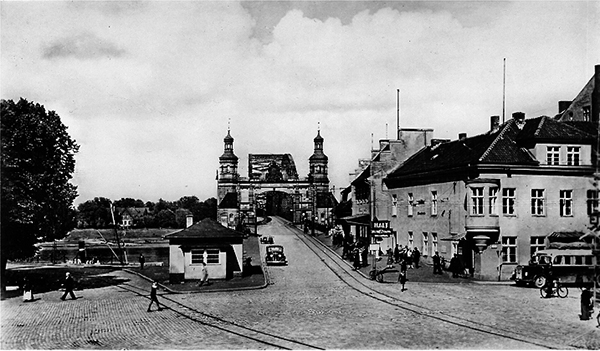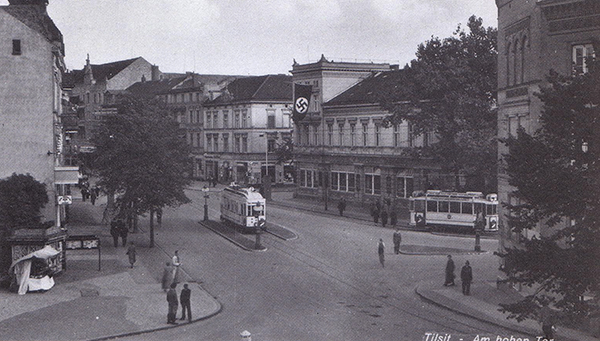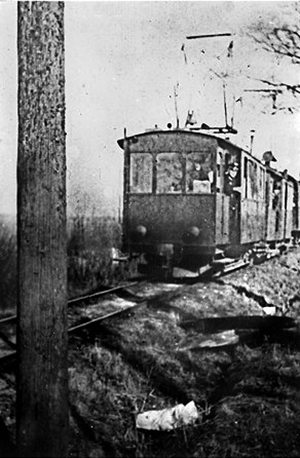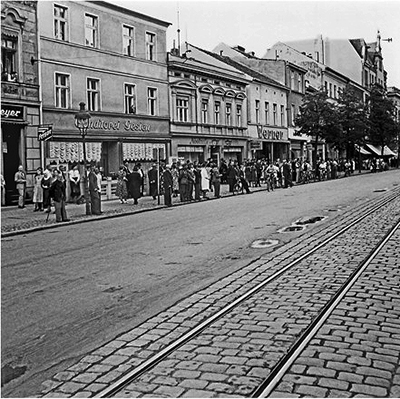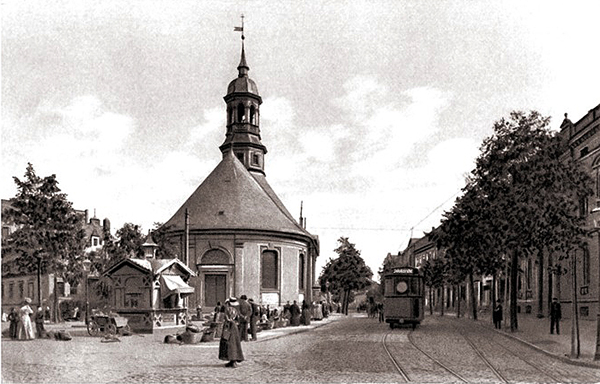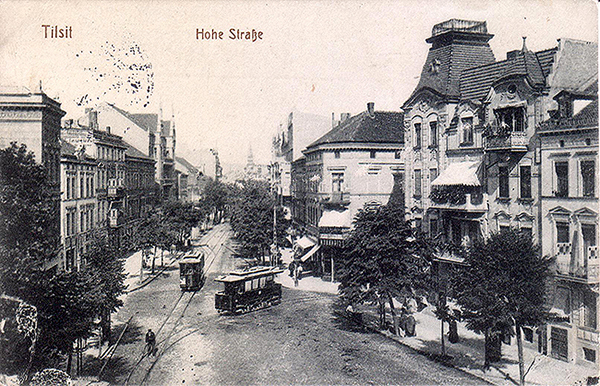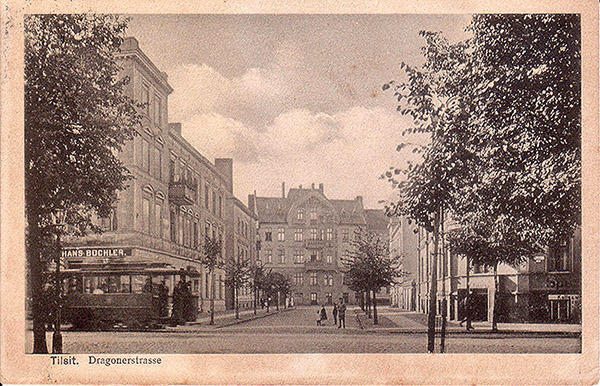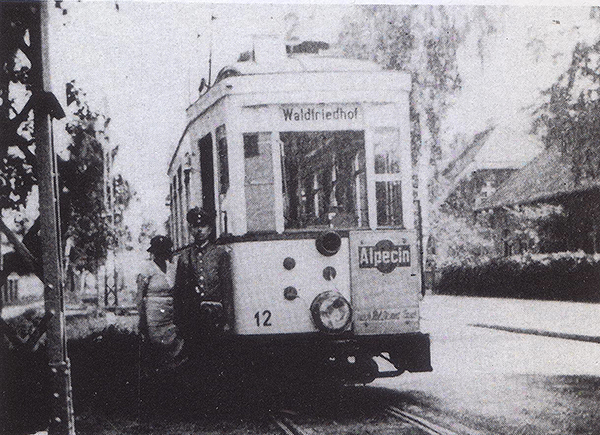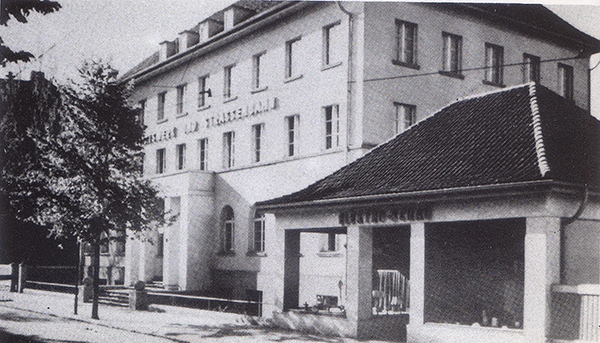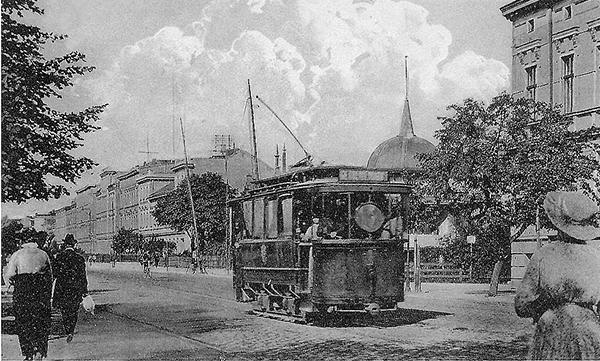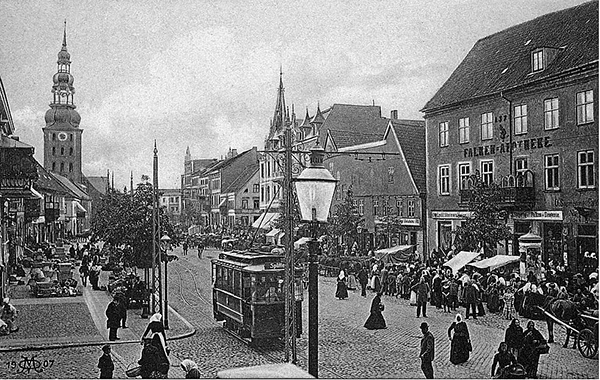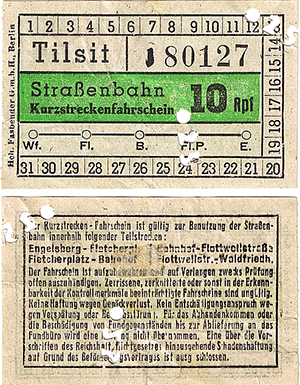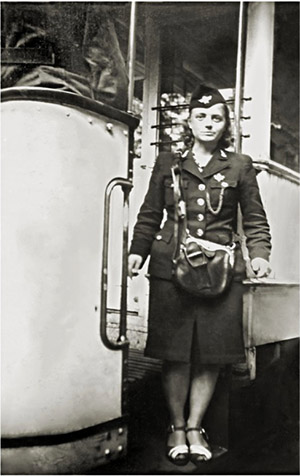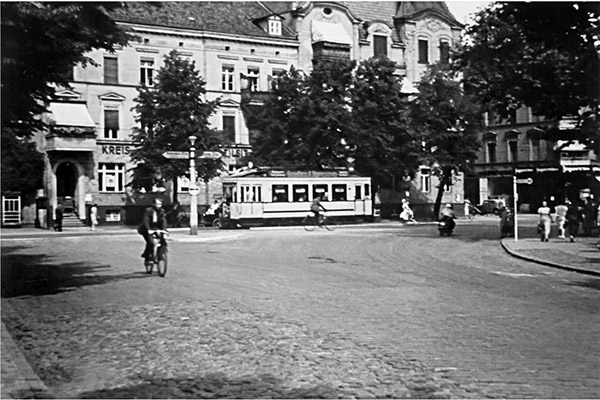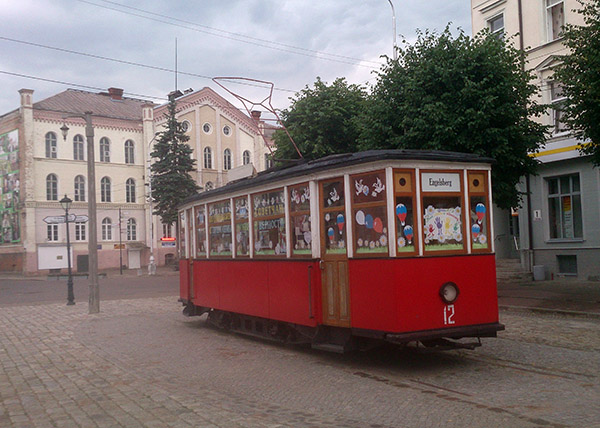Tilsit tram
At the confluence of the Tilse (now Tylzhe) and Memel (now Neman) rivers, the Teutonic Knights built a castle in 1407-1409. The village of Tilsit, which arose around the castle, was granted city rights by Duke Albrecht in 1552. Dairy farming, which developed in the lowlands surrounding Tilsit, in a sense immortalized the name of the city, since Tilsit cheese is known far beyond these areas. But in addition to agriculture, trade also developed in the city, which received a significant boost with the construction of the railway here. There was also industry. For example, the Waldhof factory was the second largest cellulose producer in Europe, with a staff of 1,800 people. Tilsit is also famous for the fact that it was here in 1807 that peace was concluded between Napoleon and Alexander I. According to the Treaty of Versailles, the Memel region, located on the opposite bank of the Memel, was separated from Germany, and then, after the so-called Memel Uprising, was transferred to Lithuania.
Tilsit tram
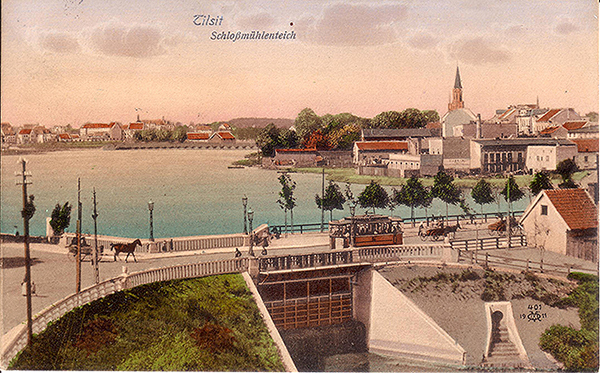
The decision to introduce the easternmost tram in Germany was made over a long 7 years. As early as 1893, the city council considered the issue of commissioning an electric tram. In 1894, a contract was even signed with the Dresden Society for the Implementation of Inventions for the Railway Industry (Dresdner Gesellschaft zur Verwertung von Erfindungen im Eisenbahnwesen). According to the contract, a decision on the feasibility and possibility of building a tram had to be made within 9 months. The project was never completed because the society never decided what type of traction the projected tram would use: horse-drawn, electric or steam. Negotiations with the Dessauer Gasbahngesellschaft (Dessauer Steam Railway Company), which was ready to build a circular tram line in 1896 for 280,000 marks, also came to nothing. Finally, in 1899, the contract for the construction of tram lines in Tilsit was awarded to the company Elektrizität-AG W. Lahmeyer & Co. from Frankfurt am Main.
Four tram lines were built in a very short time:
- Circle line. Length 4.06 km. Opened 26.7.1901.
- Hohe Straße — Splitter. Length 3.96 km. Opened 1.12.1901.
- Wasserwerk — Jakobsruh. Length 3.19 km. Opened 15.12.1901.
- Kasernenstraße — Kallkappen. Length 2.5 km. Opened 15.12.1901.
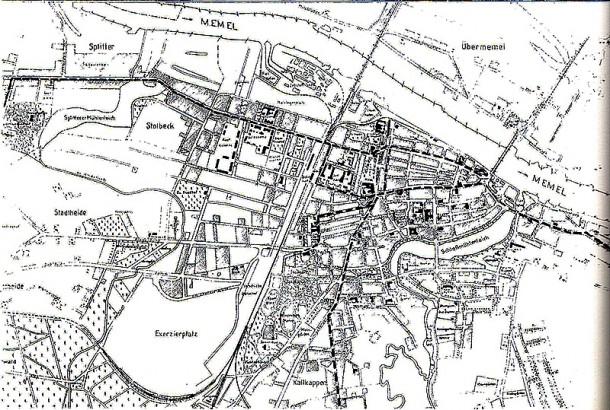
The total length of the tram tracks was 11.3 km, as 1.12 km of tracks were used jointly. For the 1000 mm gauge (the so-called "meter gauge"), 14 motor cars and 2 trailer cars were purchased in 1901. In 1903, 15 motor cars and 1 trailer were in operation, and in 1910, 16 motor cars and 4 trailers. All motor cars were manufactured at Waggonfabrik Uerdingen AG.
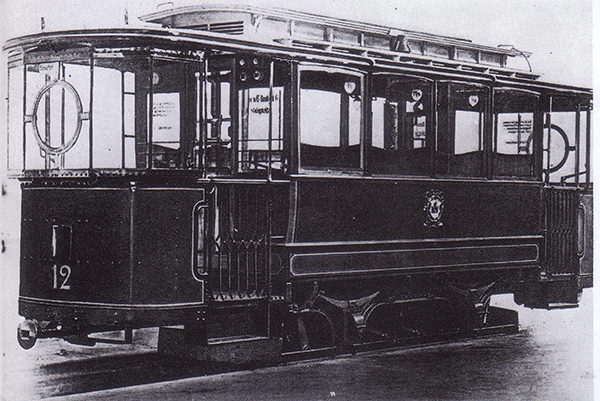
After the introduction of a ticket-composting device in trams, the total number of workers on the lines in the summer was 2 controllers and 22 tram drivers (less in winter) plus a reserve tram driver. The tram drivers probably also performed maintenance work on the tracks and contact lines. Fines collected for fare evasion were used to reward employees.
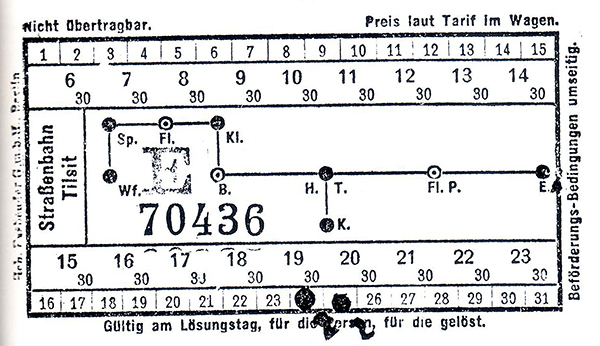
In 1913, the management of the tram service was transferred to a specially created company, Elektrizitätswerk und Straßenbahn Tilsit AG (ESTAG), and the tram became city-owned. The line from Splitter was extended to Waldfriedhof.
During the First World War (1916), freight transportation was organized along tram lines. From Schmalleningken (now Lithuanian Smaleninkai) and Mikiten (now Lithuanian Mikitay) freight was delivered to the port of Tilsit along a narrow-gauge railway with a meter gauge. At the same time, freight cars traveled part of the way along the tram line.
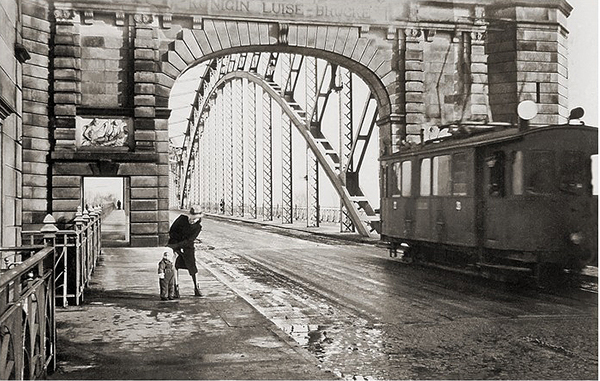
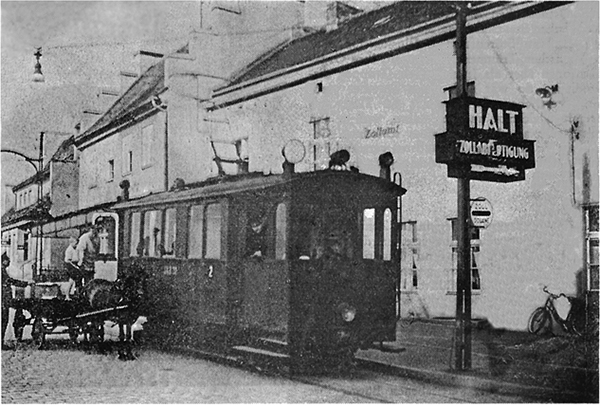
Information about the state of affairs in the following decade is very scarce. Most likely, during the inflation of the 1920s, the Tilsit tramway experienced hard times. A message from August 6, 1924 speaks of the resumption of work at the tram depot. Information from November 10, 1925 indicates that the line after Kallkappen was put back into operation. It is impossible to understand from this data whether only a partial commissioning of the tram tracks took place in August 1924. Information about the rolling stock at this time is also contradictory. There is information that in the 1920s the rolling stock was renewed with cars manufactured in Wuppertal. It can be said with certainty, in any case, that in 1935 motor cars with factory numbers 88, 90, 91, 92, 95 and 96 arrived from Hagen, which already received garage numbers from 7 to 12 in Tilsit. If the information about motor cars from Wuppertal is reliable, then it can be said that the entire rolling stock was renewed in a very short time, and several old motor cars were converted into trailer cars with garage numbers 14-18.
Below are some figures reflecting the state of the tram fleet in Tilsit in 1936 and 1940:
| 1936 year | 1940 year | |
| Car park |
12 motor cars5 trailer cars1
locomotive for freight
transportation 2 special carriages |
10 motor cars4 trailer cars 1 locomotive for freight transportation 2 special carriages |
| Length of tracks (one track) | 10.69 km | 6.33 km |
| Number of staff (persons) | 102 | 118 (including bus depot employees) |
On October 17, 1937, part of the tram tracks on the Kallkappen line were dismantled and the tram service was replaced by a bus service, while the route itself was extended to Senteinen. Tram service was carried out only on the Waldfriedhof - Engelsberg section. There were two routes at once. The first served the entire distance (travel time 25 minutes). The second, shortened, was single-track and ran from Waldfriedhof only to Fletcherplatz (now Zhukov Square near the Queen Louise Bridge. - admin ). At the same time, passing the Bruderschen Mühle mill, on Stolbecker Straße near the café "Juckel" the tram turned onto Bahnhofstraße, and then went to Fletcherplatz. A special influx of tram passengers occurred during the races at the hippodrome, as well as during the annual fair held in the first week of September on Schloßplatz (now the area under residential buildings between Shevchenko Street, the Queen Louise Bridge and the Neman River. - admin ).
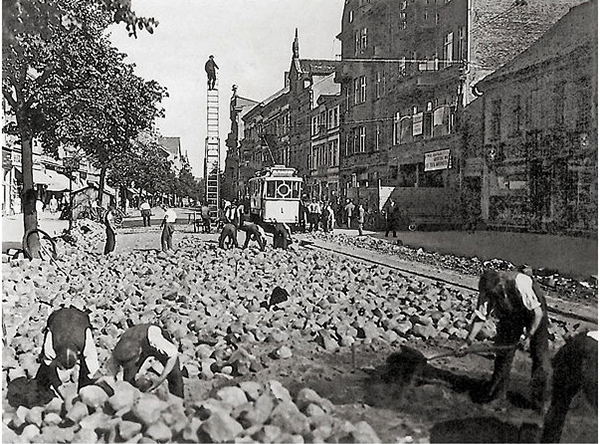
The Tilsit tram has functioned well throughout its entire existence, accidents have been rare, and even the snowiest winters have only once caused a disruption in service for just a few hours.
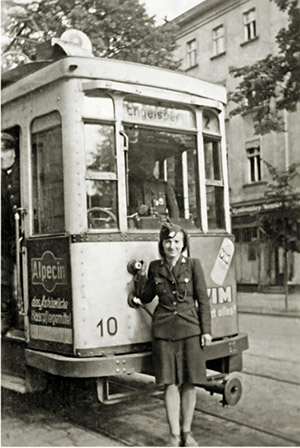
As the front line approached Tilsit in 1944, tram service in the city was discontinued. The cars were partly used for shelter from shell fragments, and partly, together with copper wires of contact lines, were taken to the west. During the Soviet era, the tram tracks were also dismantled. The Tilsit tram disappeared. Now only bus transport operates in the city of Sovetsk.
